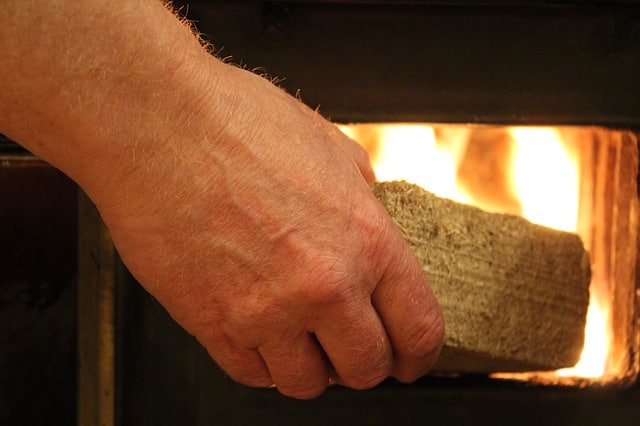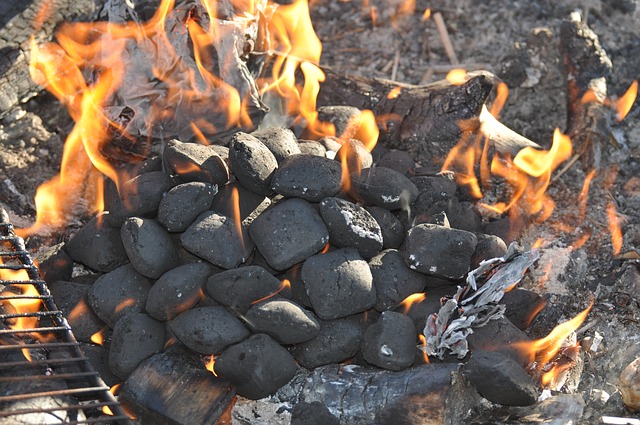
Briquettes are used to light or feed the fire.
Middle Dutch brick allowed the development of the French word briquette . That is the closest etymological antecedent of briquette , a term that refers to a block of charcoal or other biofuel .
Briquettes are usually produced by conglomeration . The action of conglomerate or agglomerate, meanwhile, refers to the union of multiple fragments using a binder (a material that serves to join the parts and provide cohesion to the whole), enabling the generation of a compact mass.
How to make a briquette
Briquettes are usually considered solid biomass . Biomass , in turn, is the organic matter that can be used to generate energy.
There are different types of briquettes, which vary depending on the material used for the conglomerate. You can use charcoal ; biomass from agricultural activity or sawmills ; or a combination of these elements.
The most popular briquettes are those that are produced using natural biomass that comes from sawmills. In this case, the bricks are generated by the compaction of sawdust or sawdust , which are the particles that arise from the wood when it is sawn. The production of these briquettes usually does not require resorting to a binder: the lignin (an organic compound present in woody tissues) and the moisture of the wood are sufficient to achieve cohesion.
It should be noted that briquettes can also include other forestry waste, such as pruning remains or shavings . Generally all components are crushed, dried and finally compacted.
Its characteristics
The properties of briquettes depend on their materials and their method of production . They can have a cylindrical, prismatic, spherical or pillow shape and have a very variable length, in some cases reaching forty centimeters.

There are different kinds of briquettes.
With a higher density than firewood, its storage, transportation and handling is easy. Briquettes take up little space, are homogeneous and generate a small amount of ash .
If we focus on sawdust briquettes , we can say that they do not produce odor , smoke or sparks; they are recyclable; and offer non-polluting energy. When manufactured with forest waste, they also contribute to environmental cleanliness.
Uses of briquettes
Briquettes are used in different areas. Many times people choose briquettes to light the fire required for barbecues or barbecues . Charcoal briquettes, for example, usually take longer to ignite than charcoal, although they last longer. These briquettes are produced by crushing charred wood, joining the fragments with the application of starch or another binder.
Briquettes can also be used to heat boilers that generate electricity through steam. It is common that, in different contexts, briquettes are ignited together with mineral coal to develop co-combustion .
This is what the simultaneous combustion of two different fuels is called. The briquettes (biomass), in this way, are ignited in the same place together with mineral coal ( fossil fuel ), a practice that improves performance and reduces environmental impact.
